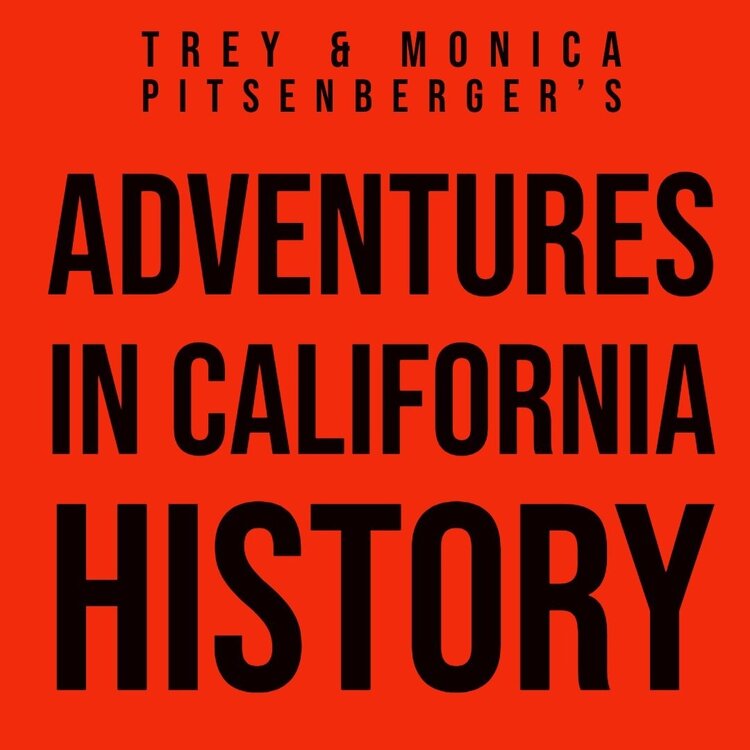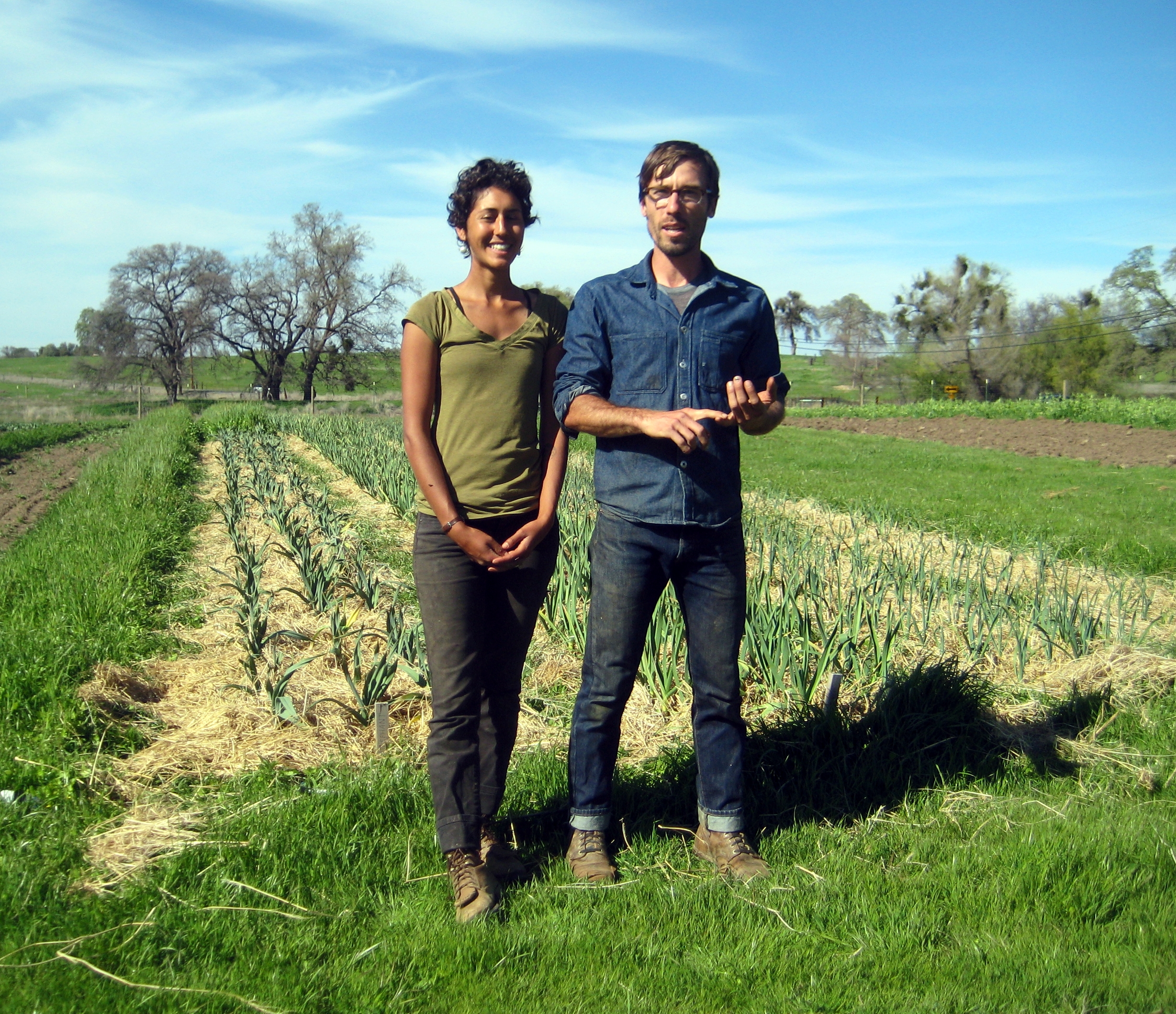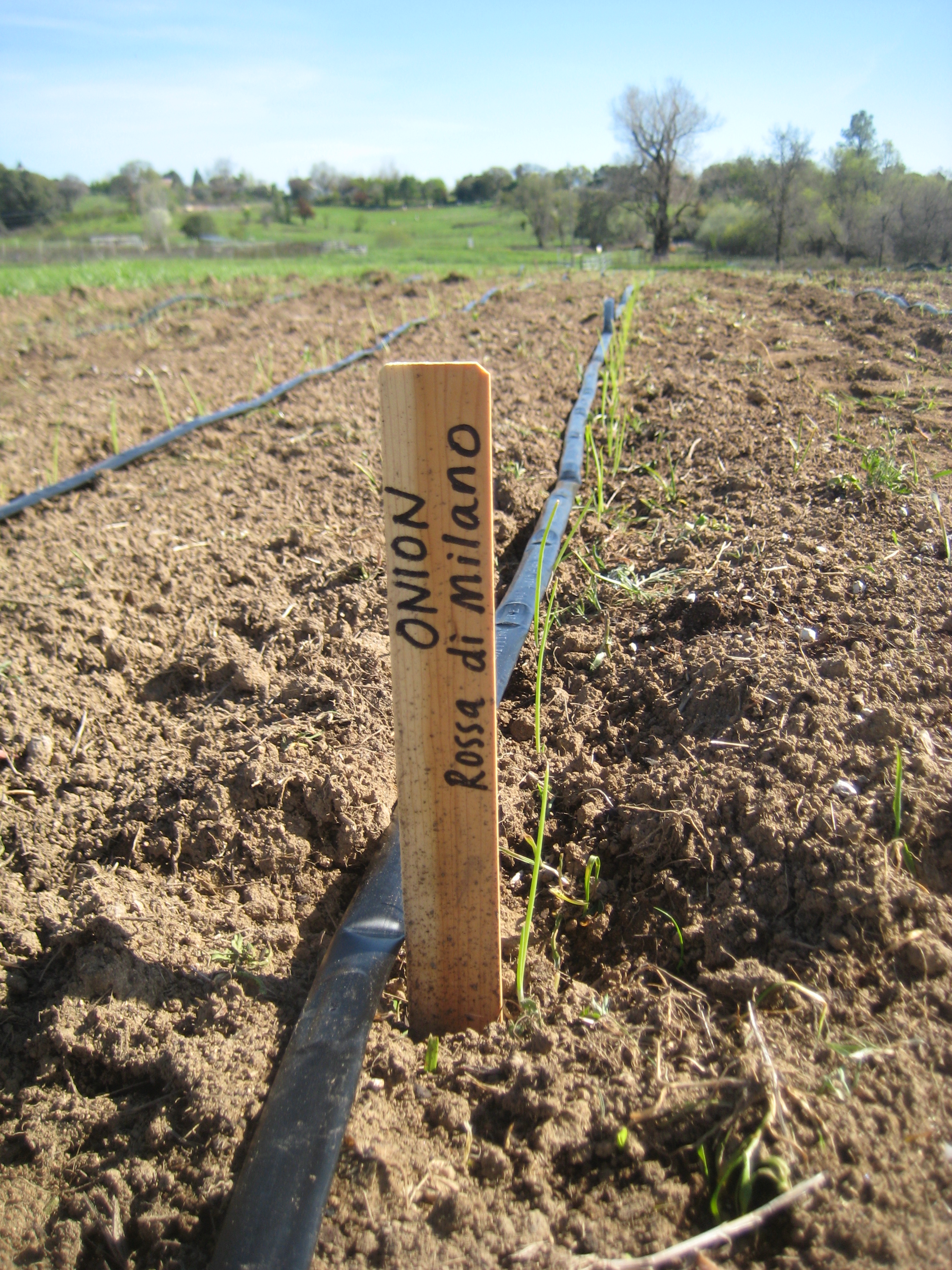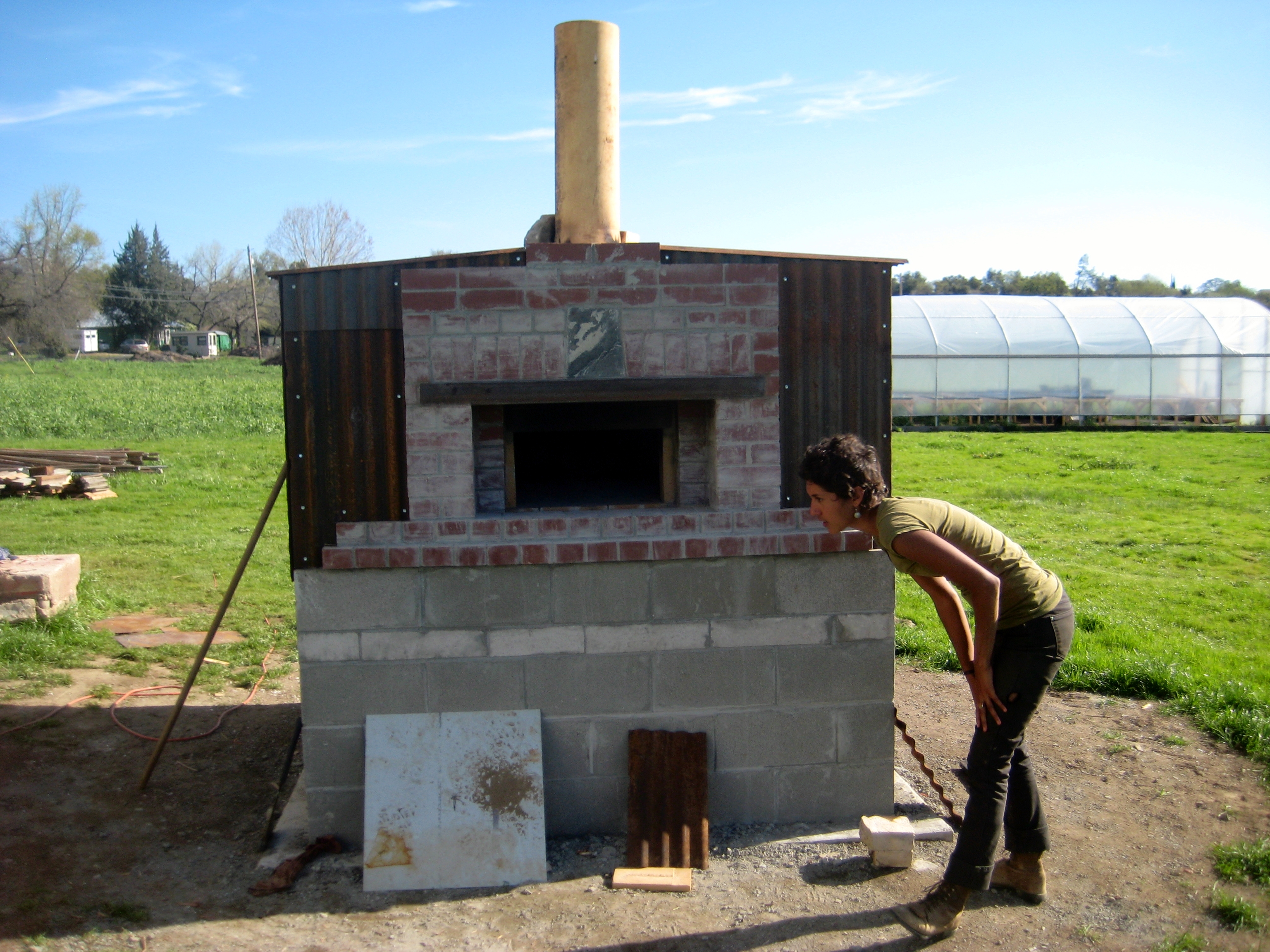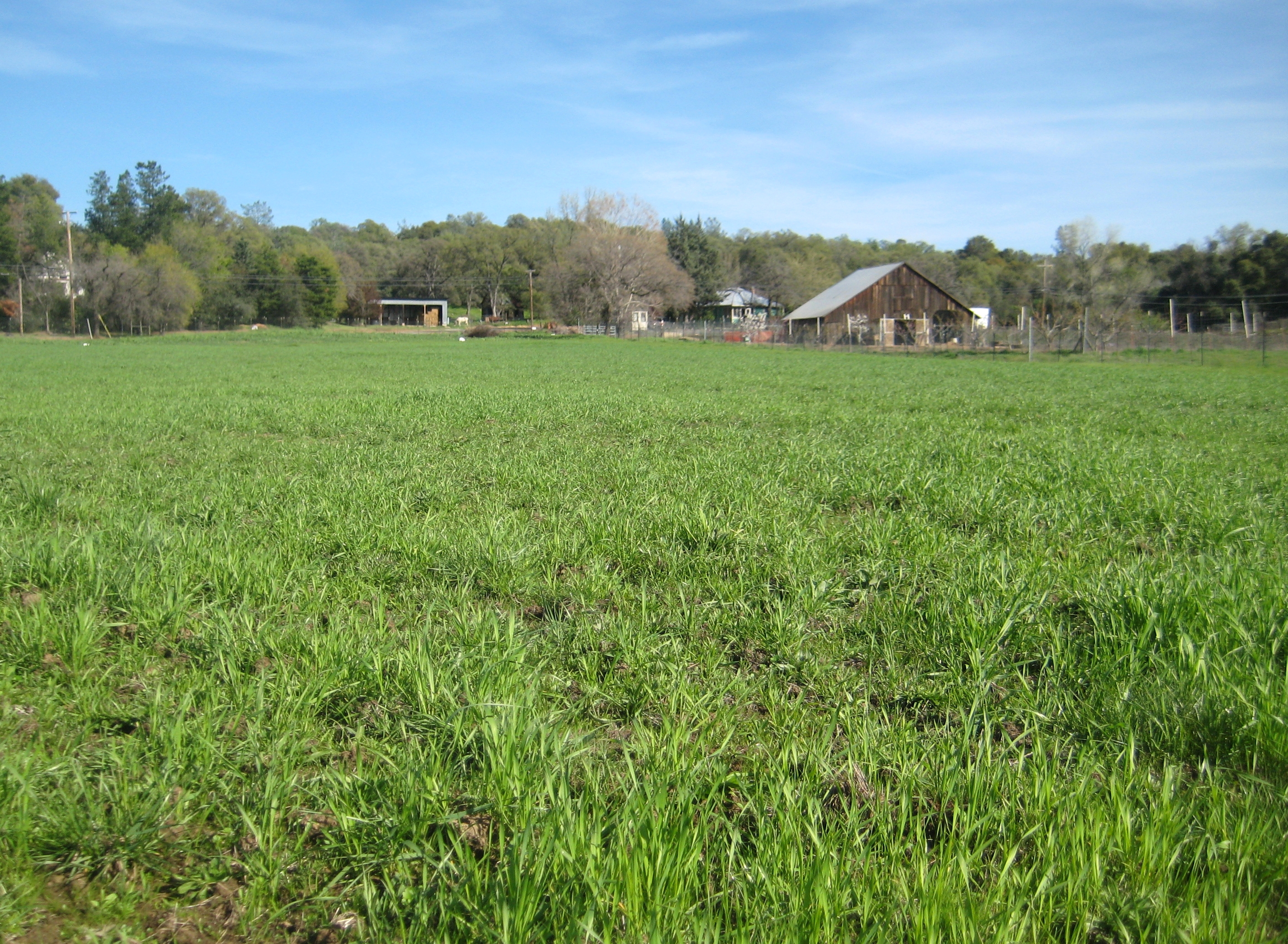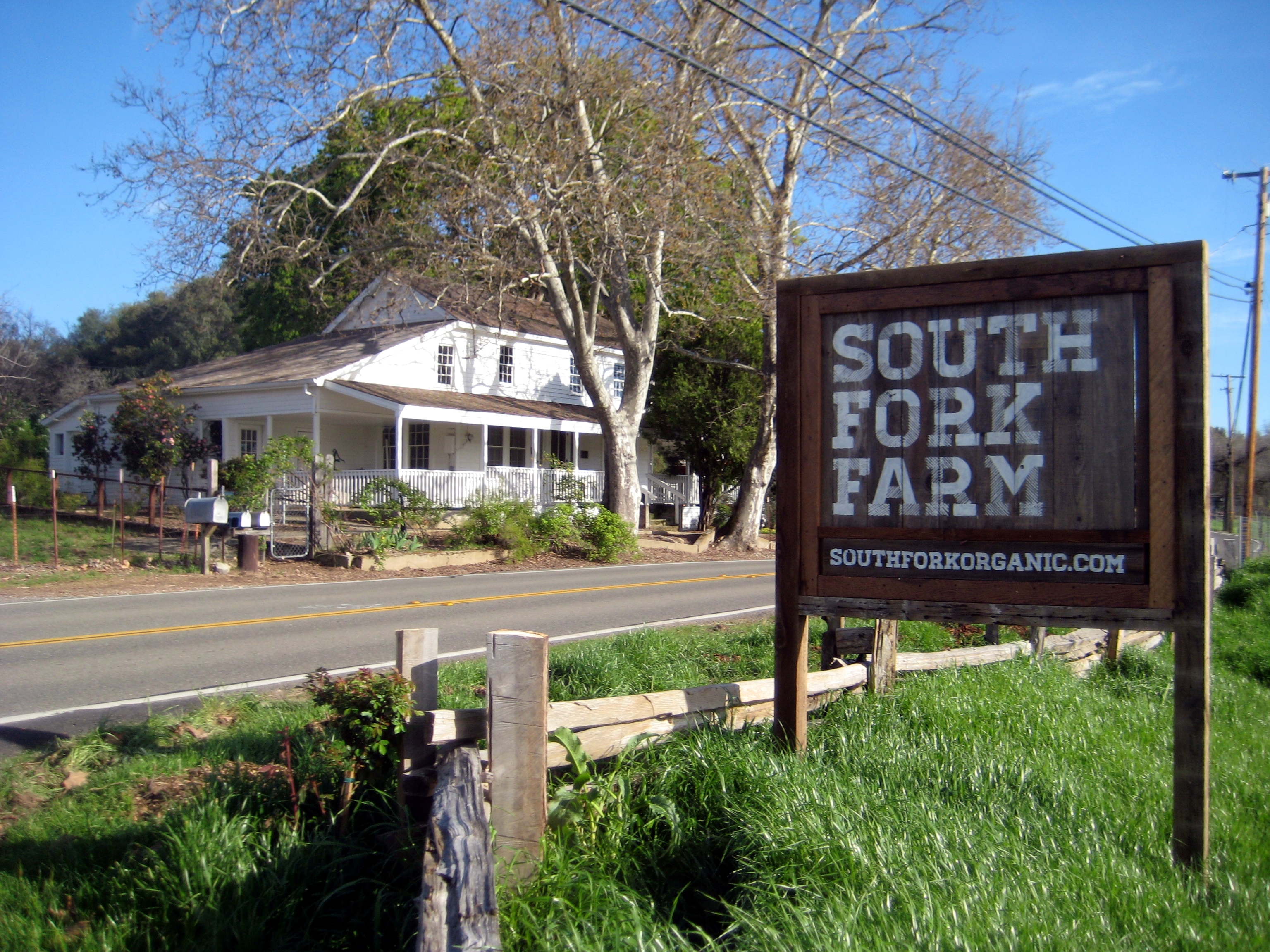 There is a lot of talk about changing the way food gets to market. It's nice to see people who are willing to put the time, and effort to see if they can make it work. Farming, whether it's "old school" dirt farming or soil less hydroponic farming is hard work. Will the younger generation be willing to put in the immense effort needed to bring our food to table?
There is a lot of talk about changing the way food gets to market. It's nice to see people who are willing to put the time, and effort to see if they can make it work. Farming, whether it's "old school" dirt farming or soil less hydroponic farming is hard work. Will the younger generation be willing to put in the immense effort needed to bring our food to table?
South Fork Farm at Gold Hill is owned and operated by Jaclyn Moyer and Ryan Dorsey. The couple lease 12 acres from The American River Conservancy, which recently purchased the historic 272 Veerkamp property at Gold Hill. The property is the site of the first Japanese colony in North America, The Wakamatsu Tea and Silk Colony. As we drive by the farm twice a day on the way to and from work my curiosity brought me to the farm. I was met by Jaclyn and Ryan who took the time out of their busy day to show me around.
The farm is certified organic and a Community Supported Agriculture enterprise.We walked through the fields where their first crops we're growing and being harvested. Since this is early spring there was lot's of lettuce varieties as well as other leafy greens. Onions we're planted as well as garlic. Inside a hoop house built over the soil we're young seedlings of heirloom tomatoes, many of which will be planted in the hoop house so as to provide an earlier crop.
A wood fired oven has been built to bake bread that will be made out of heirloom wheat being grown on the farm. This is interesting in light of renewed interest in heirloom wheat. Some people feel it may be an answer for our current problems with obesity and diabetes, which we talked about last year. They have planted the majority this year in Sonora Wheat. According to slowfoodusa.org Sonoma Wheat"comprised the majority of production by 1880 in California’s Central Valley, where 2,550,000 acres of wheat were grown, the largest wheat enterprise in history at that time...Since the 1950's "it has not been used in commercial production anywhere on the continent."
The last couple of days we have driven past the farm where we could see smoke rising from the oven as it's being "cured" in preparation for it's first loaves, this fall. It will be fun to try the bread baked from this grain, and grown just down the road from us. I would like to see this type of enterprise replicated in other communities, both urban and rural. While there is like no doubt the commercial mega farms are not going away, the rise of these smaller farms producing organic food closer to the market should be a growing trend. Even more exciting is to find younger people like Jaclyn and Ryan who are willing to make the commitment to try this new enterprise. It's from these efforts that we will carve out a new way forward in growing our safe food supply.
